Electric Eels Aren’t Alone, Many Species Use Bioelectricity in Amazing Ways

Ever heard of animals that can literally spark a fight or sense their way through pitch-black waters? From deep-sea fish to swamp dwellers, nature has a whole squad of creatures that use electricity like a sixth sense. Whether it’s to find prey, warn off predators, or just say “hey” to their buddies, these electrifying animals are nothing short of mind-blowing. Get ready to be shocked. Some of these you’ve definitely never heard of.
1. Electric Eel

Forget what cartoons told you. Electric eels aren’t just zapping machines. Found in South American rivers, these slippery predators can deliver shocks up to 600 volts. That’s enough to stun prey or ward off threats. What’s wild is they use low-voltage pulses like sonar to “see” their surroundings in murky water. So it’s not all about power. It’s precision too. Think of them as underwater tasers with a built-in radar. Source: Electric eel | Wikipedia
2. Black Ghost Knifefish

Don’t let the spooky name fool you. This sleek freshwater fish from the Amazon basin isn’t haunting anyone. It’s feeling the world through electricity. It emits weak electric fields to navigate and hunt at night. What’s fascinating is its tail fin, which moves like a ribbon, letting it glide silently while mapping everything nearby. It’s one of the few animals that can swim backward just as easily as forward, all guided by electric vibes. Source: Encyclopedia of Life
3. Elephantnose Fish
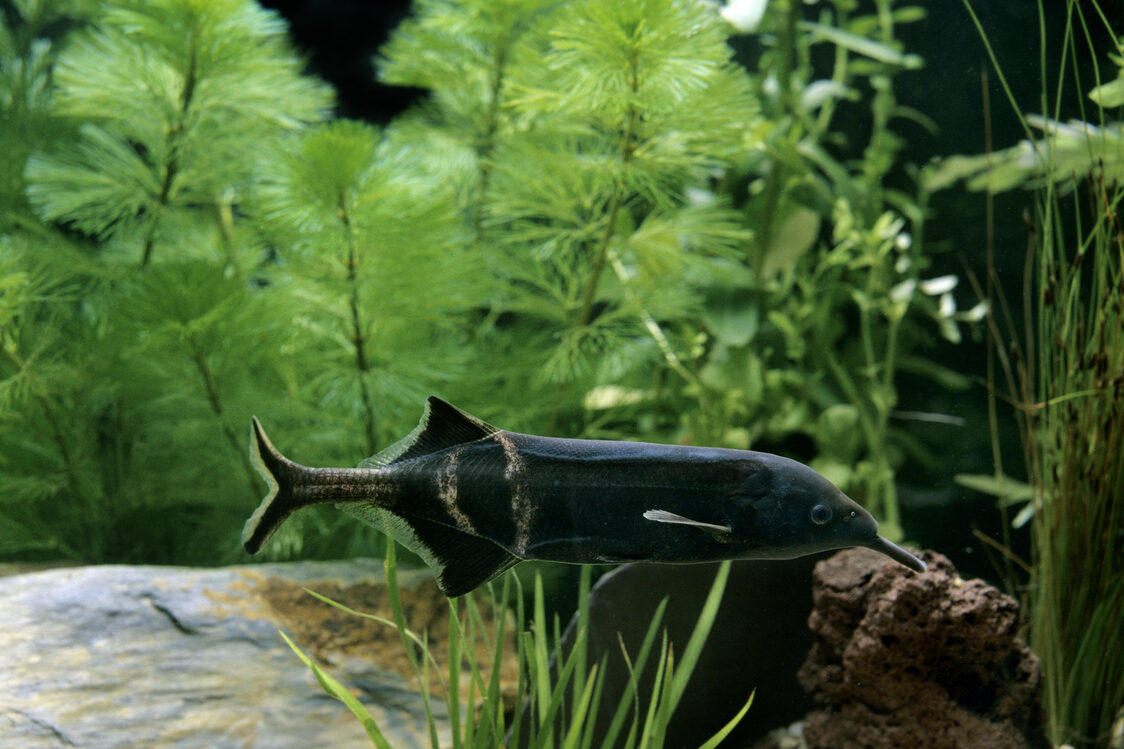
With a face only science could love, this African freshwater fish has a long trunk-like mouth that helps it explore the muddy waters of rivers. But the real superpower is its ability to produce electric pulses to communicate and hunt tiny insects in total darkness. Its brain devotes a massive amount of space to processing these signals, almost like a natural sonar system. Who needs light when your face is basically a high-tech scanner? Source: AskNature
4. Electric Catfish
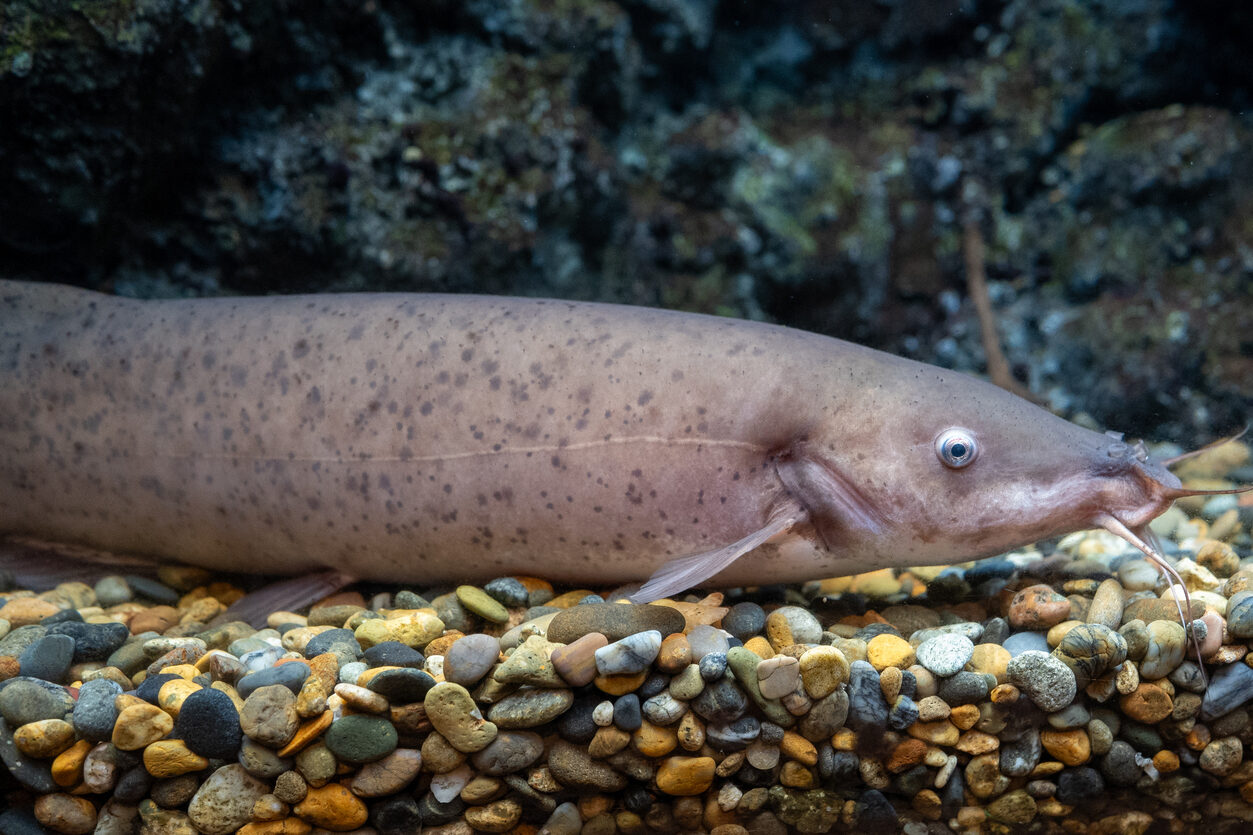
Yes, it exists and it’s as shocking as it sounds. Native to African rivers and lakes, the electric catfish can generate up to 350 volts. It uses these shocks for both hunting and self-defense. When it senses movement, it charges up like a battery and releases bursts of electricity to immobilize prey. Since it hunts mostly at night, this ability makes it a serious predator in low-light environments. Source: Britannica
5. Stargazer Fish
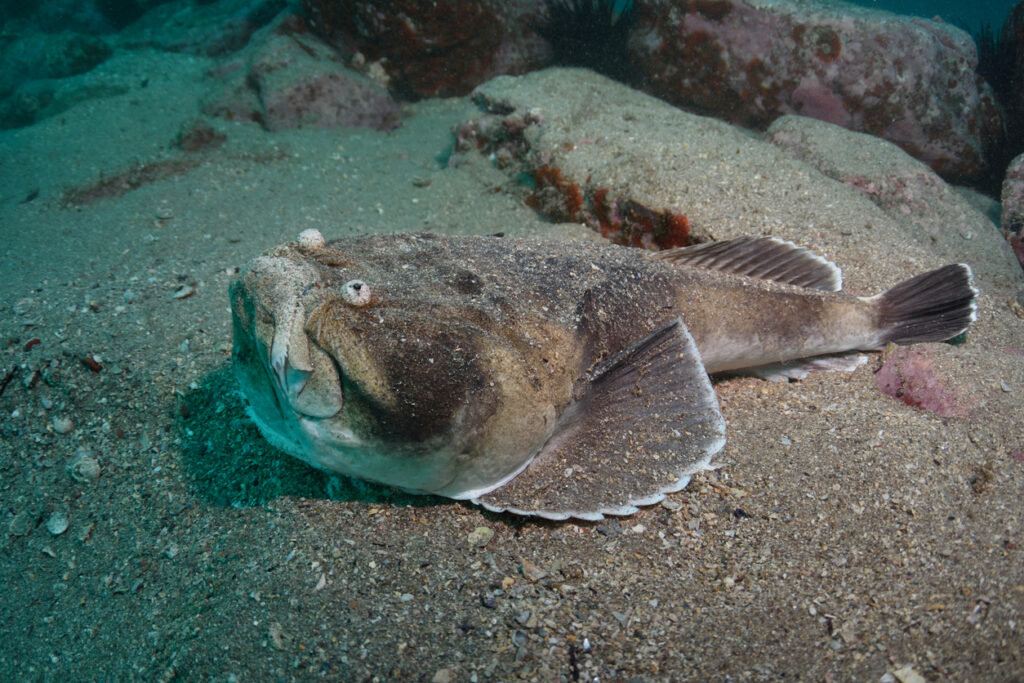
If looks could kill, this bottom-dwelling marine fish would be a murderer. The stargazer buries itself in the sand, eyes facing upward, and waits for prey to swim by. But here’s the twist. Some species have electric organs that deliver shocks. It uses them to stun fish that get too close. It’s basically the ambush predator from your nightmares, complete with camouflage, sneak attacks, and built-in electric weapons. Source:
6. Torpedo Ray
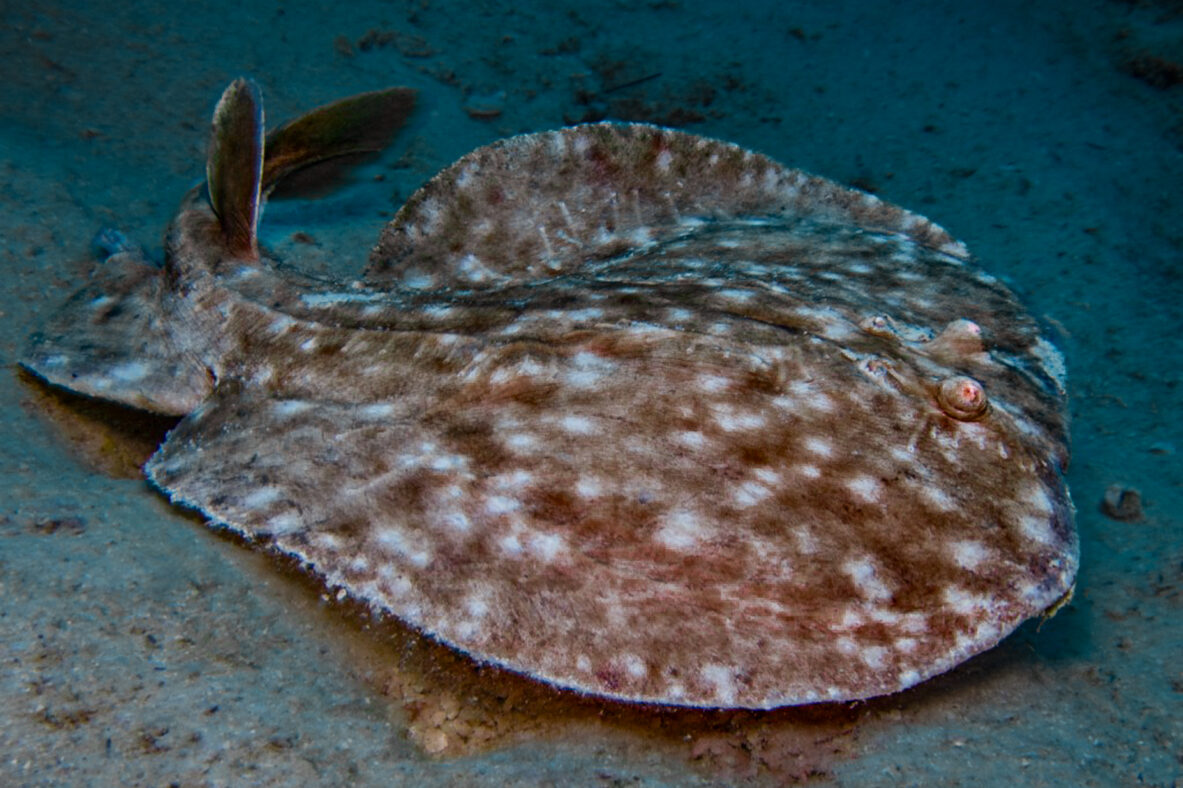
The torpedo ray didn’t get its name from speed but from shock value. Found in both shallow and deep waters, this ray can generate electric shocks up to 220 volts. It hides under sand, waiting for fish to pass, then releases a jolt to immobilize them. Even ancient Greeks knew about them and used their shock for medical pain relief. Think of it as nature’s own version of electrotherapy.
7. Atlantic Electric Ray
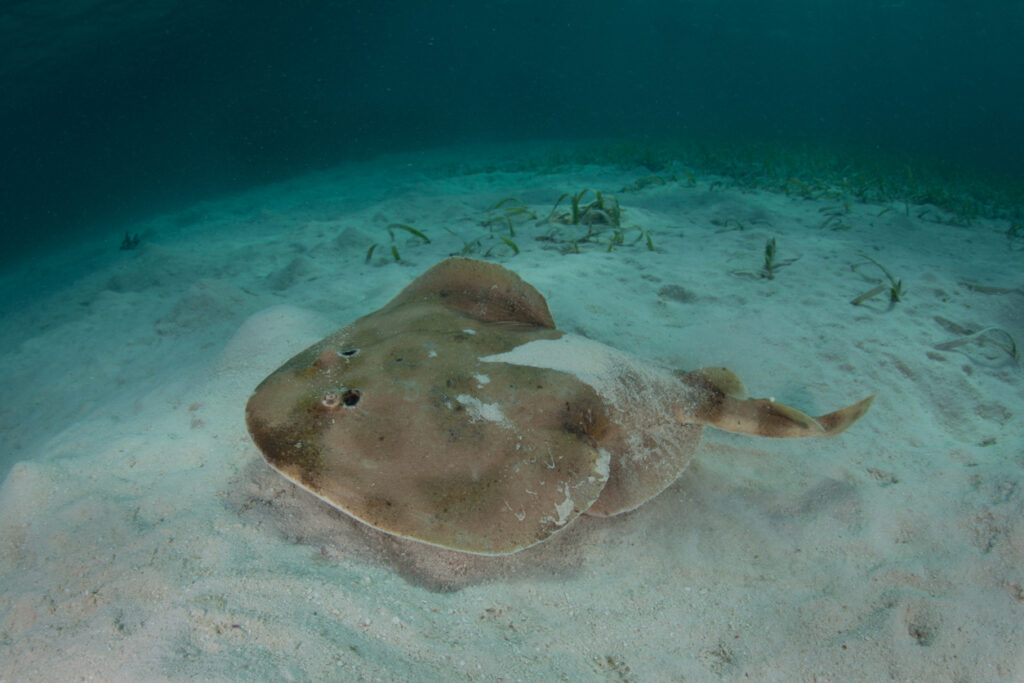
This coastal predator may look like a pancake with fins, but it’s got serious voltage. Found along the U.S. East Coast, the Atlantic electric ray uses its built-in electric organs to stun prey like small fish and squid. Its electricity is also a great defense against bigger predators. It’s a good reminder that sometimes the quiet ones are the most dangerous, especially when they can send you buzzing.
8. Knife Fish (Not to be Confused with the Black Ghost)
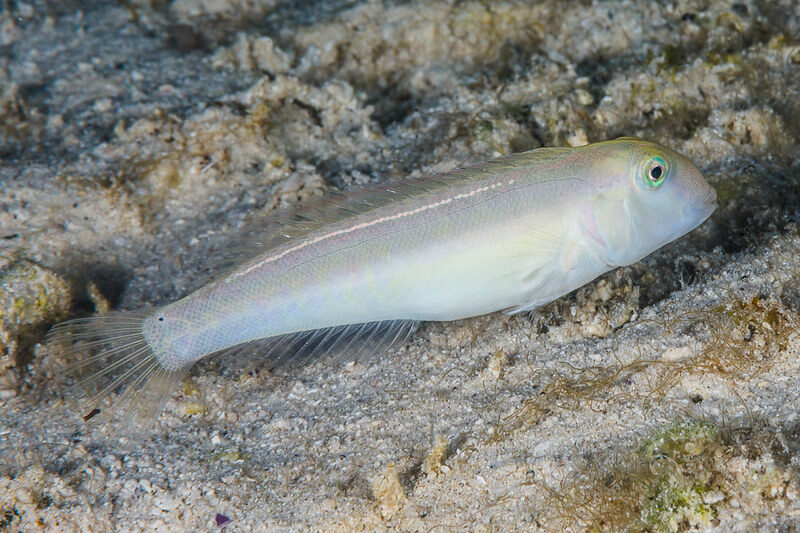
This family of fish, mostly found in South America, includes several electric-capable species. They emit weak electric fields to navigate murky waters and find food. Unlike the ghost knifefish, these ones are a bit more social. They even “talk” to each other using electric signals. Their long, ribbon-like bodies and graceful swimming are mesmerizing to watch, but their ability to sense and signal without sight is the real star power.
9. Electric Ray (General Species)

There are actually more than 60 species of electric rays, and nearly all use electricity to catch prey and ward off predators. These rays have specialized organs filled with modified muscle cells that act like batteries. When triggered, they discharge electricity in short, controlled bursts. They are a key example of how evolution turned muscle into a literal power source. Shocking, right?
10. Peters’ Elephantnose Fish
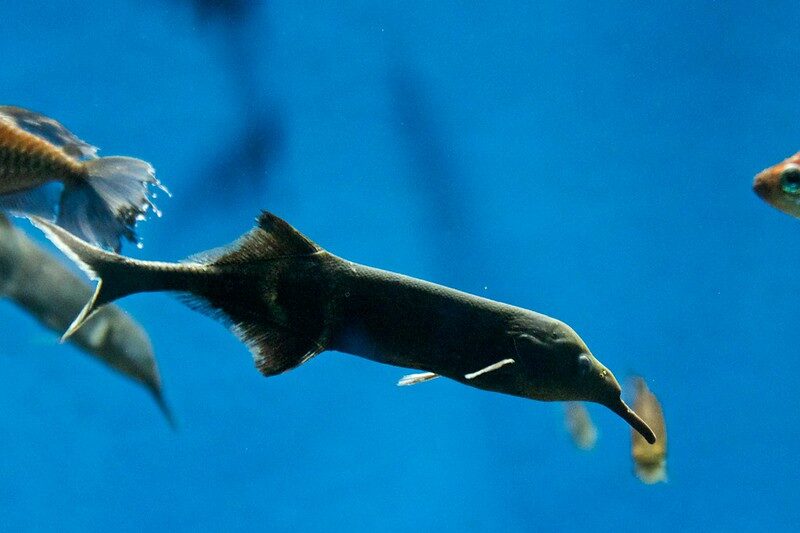
This African river fish isn’t just weird-looking. It’s brilliant too. With a long chin appendage and a constant flow of electric pulses, it’s one of the most precise navigators in muddy water. It uses electricity to detect the tiniest changes in its surroundings, especially during breeding season when communication is key. Researchers are even studying it to learn how to build better underwater sensors. Turns out, nature thought of sonar long before submarines did.
11. Brown Ghost Knifefish
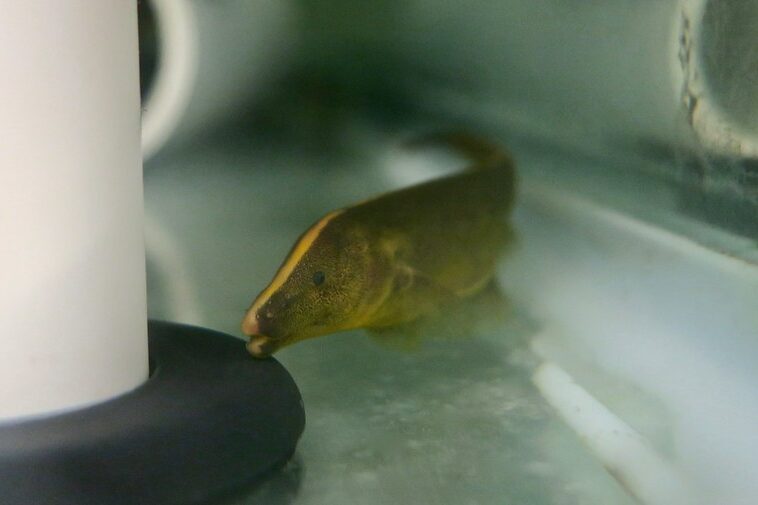
This lesser-known cousin of the black ghost knifefish also relies on weak electric fields to find food and communicate. Found in South American rivers, it glides through murky waters using its ribbon-like body. What makes it interesting is its highly sensitive electric sense, which helps it navigate crowded habitats filled with roots and debris. It can also detect subtle changes in its surroundings, making it a master of stealth and survival in the shadows.
12. Malapterurus Electricus
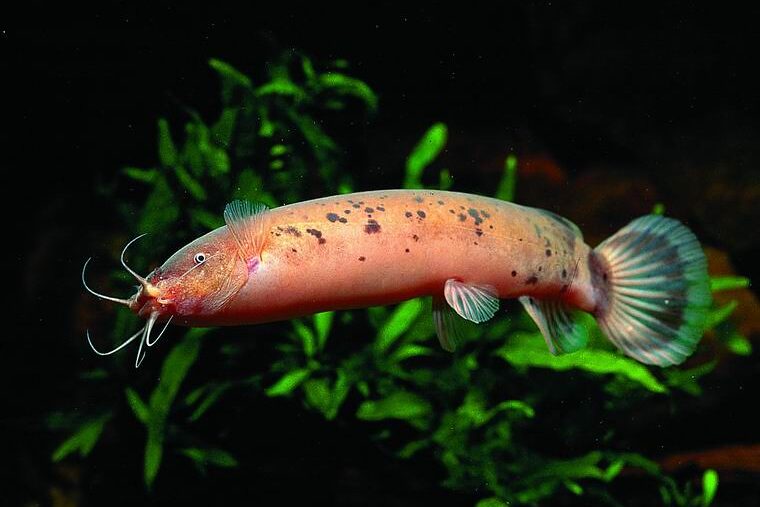
Often referred to as the “true” electric catfish, Malapterurus electricus can deliver powerful shocks of up to 450 volts. It lives in the Nile and other African rivers, where it uses bursts of electricity to hunt fish or defend against threats. This species doesn’t just use electricity occasionally. It’s the main tool in its hunting arsenal. Scientists are fascinated by its ability to generate voltage without damaging its own body tissues.
13. Numbfish

The numbfish isn’t lazy. It’s just full of electricity. This flat-bodied ray lives in coastal waters and delivers numbing electric shocks to catch prey or avoid being eaten. Its electricity isn’t the most powerful in the sea, but it’s effective for smaller fish and invertebrates. It relies on stealth, resting on the seafloor until something edible gets too close. Then, it strikes with a jolt. Nature made it shocking but efficient.
14. Lesser Electric Ray
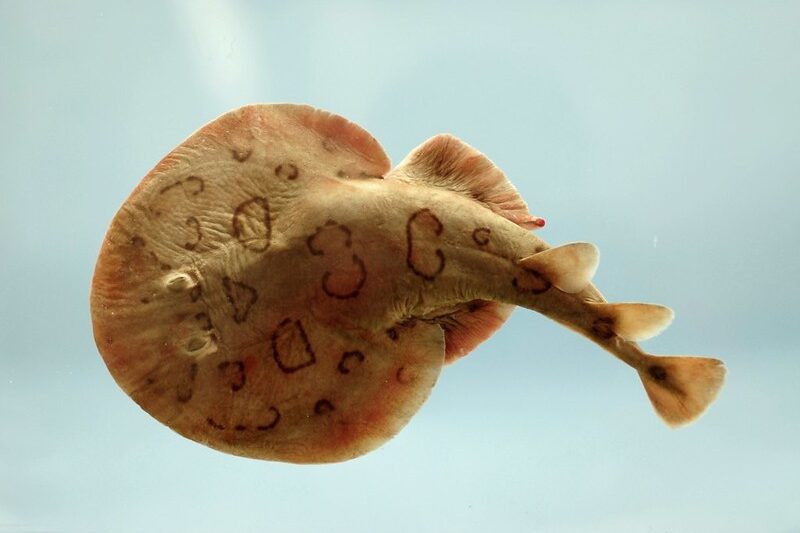
Smaller than its Atlantic cousin, the lesser electric ray is found along the western Atlantic coast, especially near Florida and the Gulf of Mexico. Its body may look gentle and soft, but don’t be fooled. This ray can deliver small but sudden shocks to disorient prey or escape predators. It feeds mostly at night, using both its electric pulses and sharp instincts to survive in competitive shallow waters.
15. Electric Stargazer
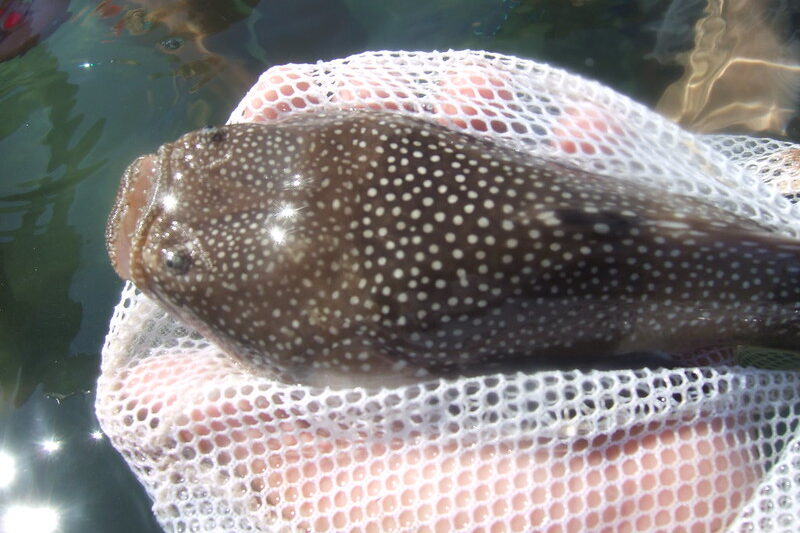
Not every stargazer fish has electric abilities, but a few species do, especially in the genus Astroscopus. These odd-looking fish bury themselves in the sand and ambush prey from below. They use electric organs in their heads to deliver powerful shocks at close range. It’s not just about stunning prey. The sudden jolt often prevents escape, giving the stargazer just enough time to gulp it down. Stealth and voltage make a deadly combo.
16. Glass Knifefish
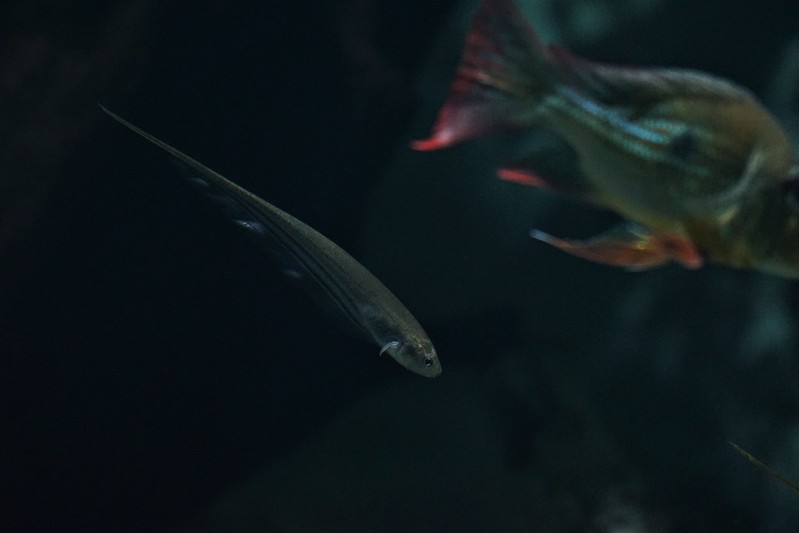
This transparent freshwater fish from South America may look delicate, but it’s got a secret weapon. It emits low-voltage electric pulses to find food and avoid predators. Its slender, see-through body allows it to blend into its watery environment. What really sets it apart is its ability to fine-tune its electric field based on water conditions. This built-in sensitivity lets it react quickly to movement, even in complete darkness.
17. Electric Rays of the Mediterranean
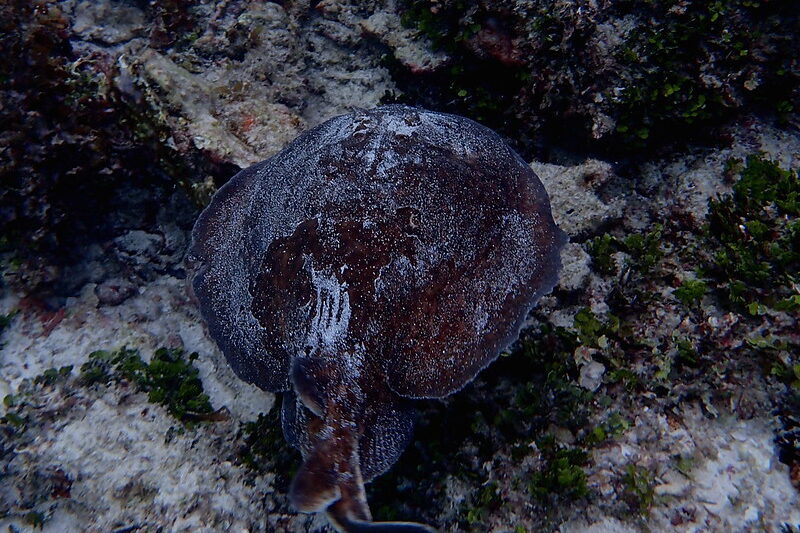
The Mediterranean Sea is home to several electric ray species, including the marbled electric ray. These rays don’t use electricity all the time, but when threatened or hunting, they release bursts strong enough to stun fish. Ancient civilizations, including the Greeks and Romans, knew about these fish and even used them to treat pain. That’s right. Before aspirin, there was ray shock therapy. Nature’s pharmacy has always been full of surprises.
18. Pacific Electric Ray

Living along the Pacific coastline of North America, this ray isn’t flashy but packs a punch. It can generate up to 45 volts of electricity, enough to immobilize prey like small fish and squid. It prefers rocky reefs and coastal waters, often hunting under cover of darkness. Its hunting technique involves wrapping around prey and delivering repeated shocks until the target is subdued. Not flashy, just efficient and powerful.
19. Gymnotus
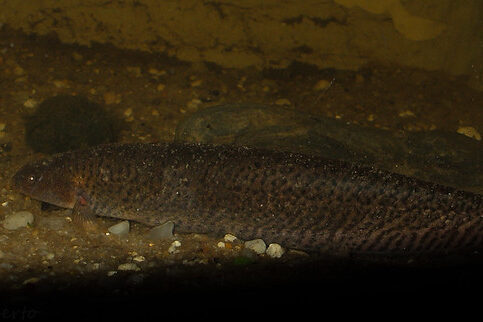
This long-bodied South American fish looks like an underwater ribbon, but don’t let its appearance fool you. Gymnotus species emit weak electric pulses for navigation and hunting. What’s really interesting is their ability to modulate these pulses when interacting with other electric fish. It’s kind of like an aquatic Morse code. Their electric field helps them explore their surroundings with precision, giving them an edge in complex and dark river systems.
20. Cornish Electric Ray
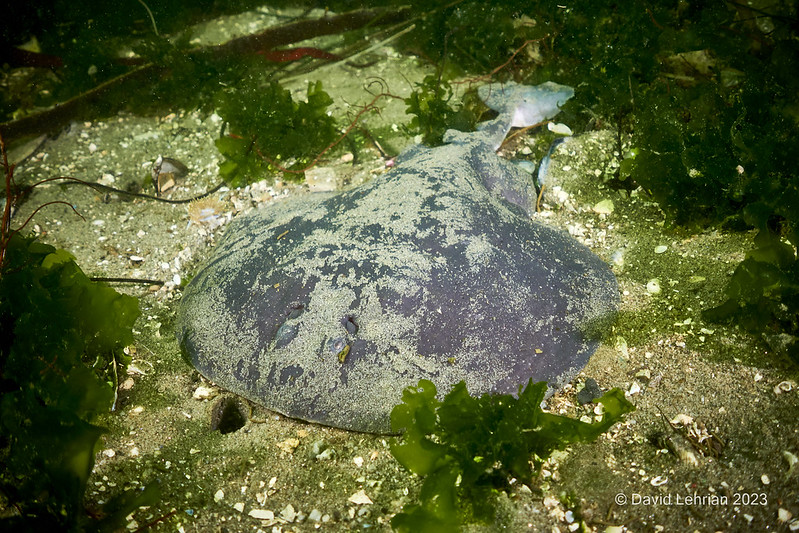
Found in the eastern Atlantic Ocean near the British Isles, the Cornish electric ray is a lesser-known but fascinating species. It rests on the seafloor, blending into sandy or muddy habitats, and delivers sudden electric shocks to prey or potential threats. Though not as powerful as tropical electric fish, it holds its own in colder, deeper waters. Its electricity allows it to survive where many other predators would struggle.
21. Humboldt Electric Ray

This Pacific ray is found along the coasts of South America, especially in deeper, colder waters. The Humboldt electric ray uses mild electric discharges to catch unsuspecting prey. Unlike more aggressive electric fish, it relies on a stealthier approach. It moves slowly across the ocean floor, waiting for just the right moment to deliver a jolt. It may not be the flashiest of electric hunters, but it’s quietly effective where it counts.
22. Glass Catfish
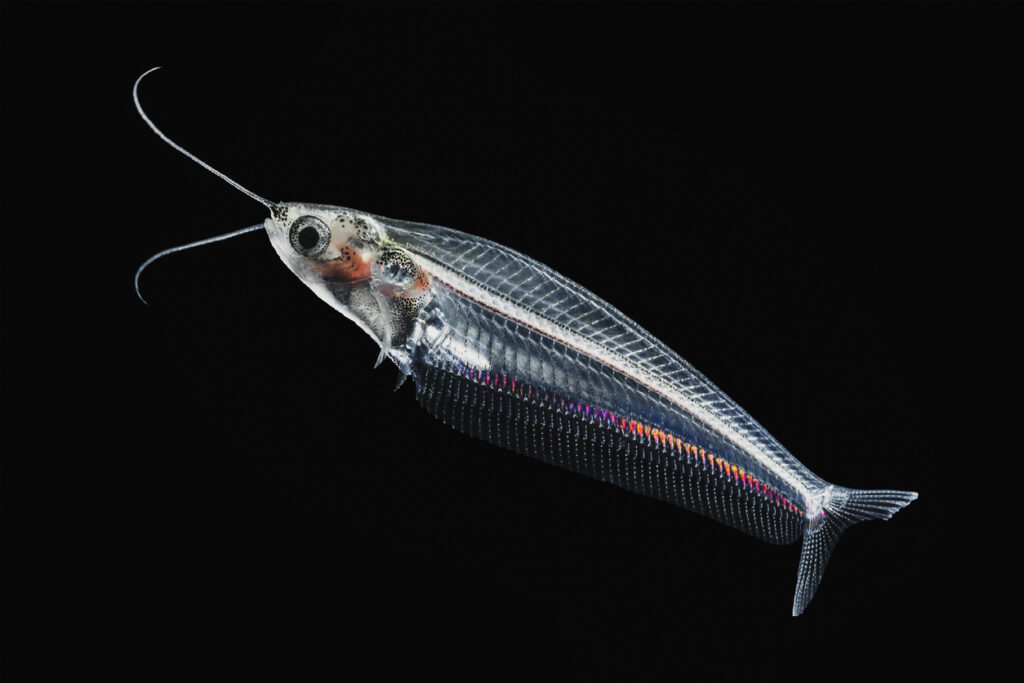
This translucent fish from Southeast Asia is more famous for its appearance than its electricity, but it still generates weak electrical signals. These pulses help the glass catfish maintain schooling behavior and navigate in cloudy or dim waters. Its see-through body makes it hard for predators to detect, and the electric pulses give it an extra sense to stay out of harm’s way. Think of it as nature’s invisible fish with radar powers.
23. Hypopygus
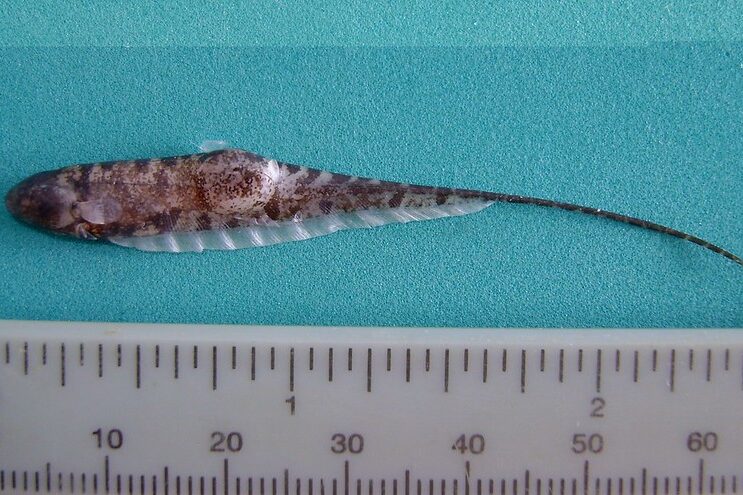
Also known as bluntnose knifefish, this small South American species is often overlooked. But it’s part of the electric fish family and uses low-level electric pulses for short-range navigation and communication. It prefers shallow, slow-moving streams filled with roots and leaf litter. Its electricity helps it survive in places where visibility is nearly zero. It’s not powerful, but in the animal kingdom, even a whisper of energy can speak volumes.
24. Sternopygus

This long-bodied electric fish, also from South America, belongs to a group known as “glass knifefish.” It uses weak electric pulses to scan the water around it, especially in murky rivers and flooded forests. Unlike stronger electric fish that go for the knockout, Sternopygus relies on subtle signals to find prey like insects and crustaceans. It’s another brilliant example of how electric animals thrive in low-light, complex ecosystems.
25. Apteronotus

Also known as the “brown ghost knifefish,” this species emits continuous electric fields that work like an invisible map. Found in the Amazon basin, Apteronotus uses its electricity to detect nearby objects and even identify different types of prey. It’s especially active at night, when it uses its electric sense to navigate through branches, roots, and predators. The more cluttered the water, the more it thrives. It’s all about electric precision.
26. Rhamphichthys

This fish goes by a name most people can’t pronounce, but it’s got impressive skills. Rhamphichthys is part of the bluntnose knifefish family and sends out a near-constant stream of electric pulses. It uses these to detect nearby prey and avoid danger in muddy or flooded environments. Despite its eel-like appearance, it’s a peaceful fish that relies on gentle sensing rather than aggression. Electricity is its way of staying alert without making noise.
27. Brachyhypopomus

With a short body and rounded snout, this electric fish is built for shallow, calm waters. Brachyhypopomus communicates with others using rhythm-like electric pulses, almost like a coded language. Its signals are so refined that nearby fish can distinguish species, gender, and even mood. It may not shock predators into retreat, but it uses electricity in one of the most socially intelligent ways seen in the animal kingdom. Talk about an electric personality.
28. Steatogenys
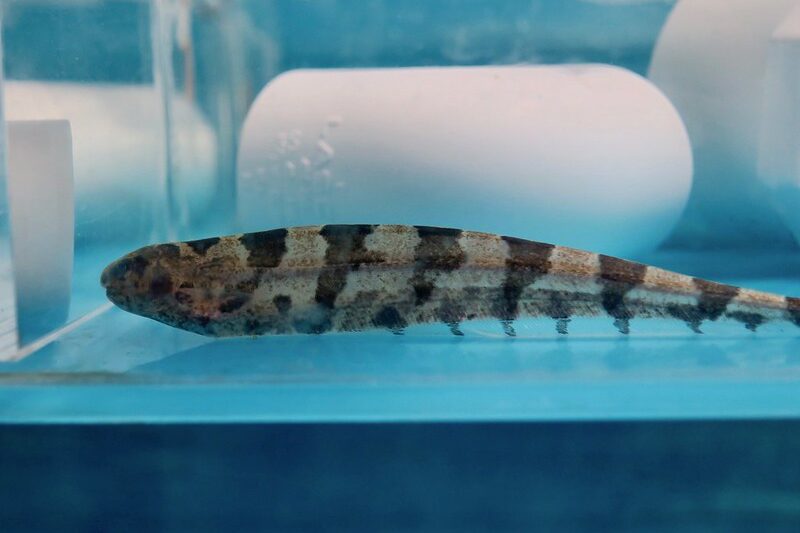
This lesser-known electric fish is part of the Hypopomidae family and thrives in dark, slow-moving South American waters. It uses a steady stream of low-voltage signals to sense movement around it. It’s especially sensitive to changes in water conductivity, which helps it locate insects and other small prey. Steatogenys doesn’t deliver strong shocks, but its electric sense gives it a silent edge in environments where sound and sight fall short.
29. Compressed Knifefish
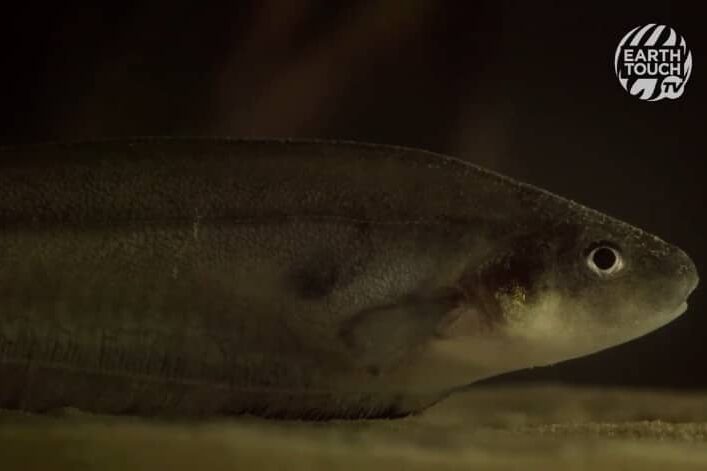
With a body that looks squeezed from the sides, the compressed knifefish may look odd, but it’s built for electric exploration. Like many knifefish, it emits constant electric fields that work like a biological radar. It can tell the difference between objects by how they distort its field. This allows it to hunt in total darkness or find shelter among dense underwater vegetation. In its world, seeing with electricity is the norm.
30. Eigenmannia
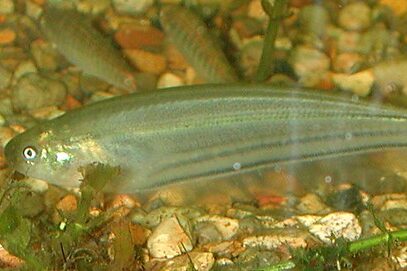
Found across a wide range of South American rivers, Eigenmannia species are highly adapted to using electricity for fine-tuned environmental awareness. They emit regular pulses that they interpret to detect changes in their surroundings. What makes them stand out is their ability to adjust the frequency of their electric field to avoid interfering with others nearby. It’s a natural example of non-verbal communication at its finest, helping them stay in sync with their group.
31. Ghost Knifefish (General Family)
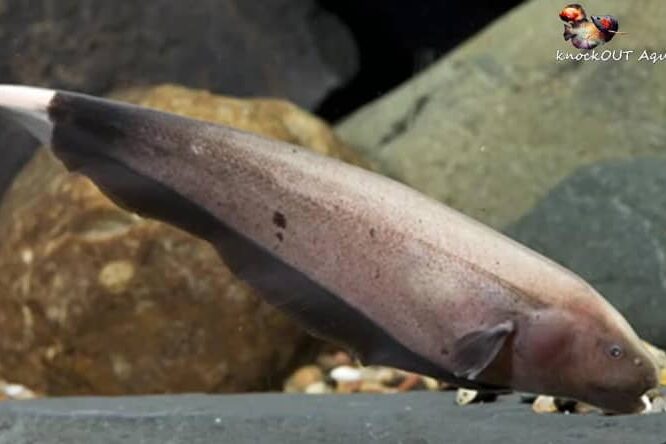
Ghost knifefish aren’t just spooky by name. The entire family of these South American fish uses weak electric fields to navigate their watery homes. They swim with a unique undulating motion that helps stabilize their electric pulses. These fish don’t rely on sight at all. Instead, their built-in electric field lets them feel every pebble, plant, or nearby creature. In their murky habitats, electricity is their most dependable guide.
32. African Knifefish

Found in slow-flowing waters across Central Africa, this knifefish uses weak electric discharges for electrolocation. Its body is built for stealth and sensing, not strength. While its electrical output isn’t strong enough to shock predators or prey, it gives the fish a clear image of its surroundings. It can navigate pitch-black waters with ease and communicate with others in its species using distinct electric patterns. Think of it as silent underwater messaging.
33. Amazon Glass Knifefish
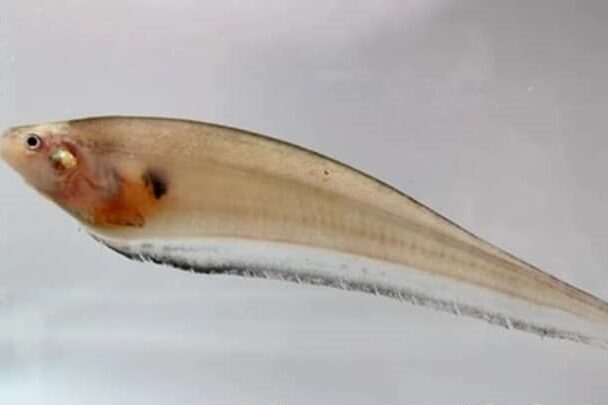
True to its name, the Amazon glass knifefish has a nearly transparent body and a surprisingly powerful electric sense. Its pulses are used to explore its environment and avoid predators in dense river systems. Despite its delicate appearance, this fish is highly adaptive. Its electric sense compensates for poor visibility, allowing it to track tiny prey in silty waters. Beauty and brains — it’s a quiet force in the Amazon ecosystem.
34. Pulse Electric Fish
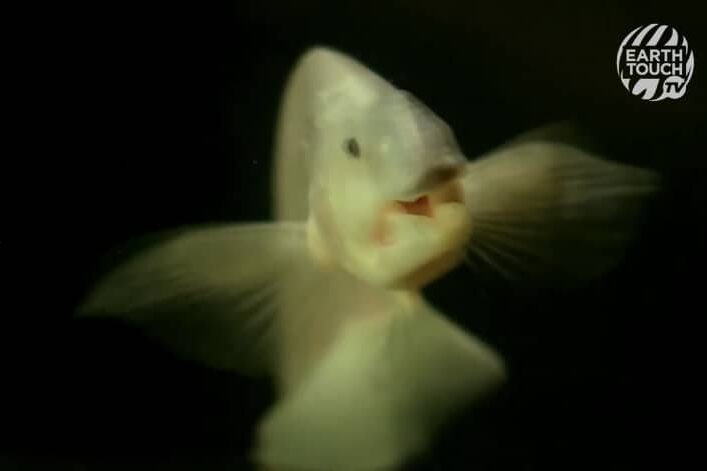
This term covers a variety of species that send out rhythmic electric pulses to explore the environment. These fish don’t use electricity to shock, but rather to scan and communicate. Their brain interprets the returning signal, giving them a map of what’s around. The pulses can also serve as identification signals, which help avoid conflicts with other electric fish. It’s like having sonar built into your head, always on and always aware.
35. Wave Electric Fish
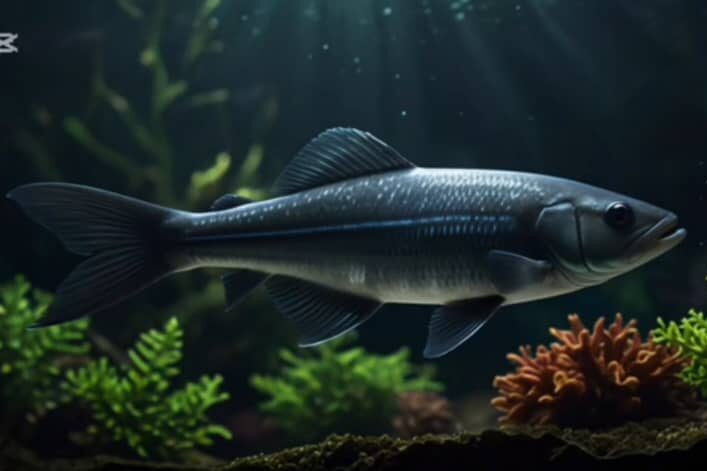
Wave-type electric fish emit continuous electric signals that undulate like a sine wave. These fish are extremely sensitive to disturbances in their electric field, which makes them excellent at navigating through tight spaces. Found mostly in South America, they rely on electricity as their primary sensory system. Their fields are also unique enough that no two fish are alike, allowing for sophisticated communication and a strong personal electric signature.
36. Sternarchorhamphus
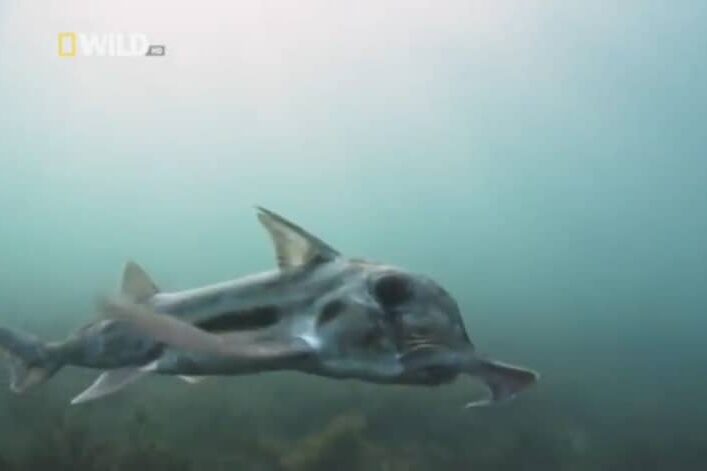
With its long snout and elongated body, this electric fish cuts through the water like a ribbon. Native to the Amazon, Sternarchorhamphus relies on a weak electric field to search for invertebrates buried in mud or sand. Its electric organ is located in its tail and helps it zero in on movement without using sight. While not aggressive, its specialized hunting skills make it a standout among electric fish.
37. Adontosternarchus
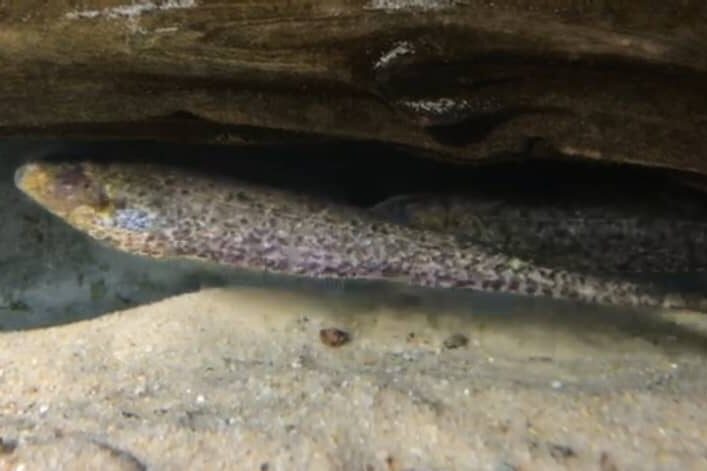
This electric fish isn’t flashy, but it’s an expert at subtle sensing. Adontosternarchus belongs to a family of fish that communicate using electric signals and are known for living in turbid, low-light waters. It uses its electric organ to detect other animals nearby and avoid obstacles. In a world where sound and sight are nearly useless, electricity becomes the most accurate form of perception. It’s the kind of skillset that makes a quiet hunter deadly.
38. Orthosternarchus

Orthosternarchus is among the more elusive electric fish of the Amazon. It has a long body, a protruding snout, and an electric organ that lets it sense hidden prey. Its electric sense is vital in flooded forest areas, where visibility is often close to zero. It quietly scans for movement in water using electric pulses, much like a submarine with sonar. The result is a ghost-like creature that hunts in silence but with perfect awareness.
39. Parapteronotus
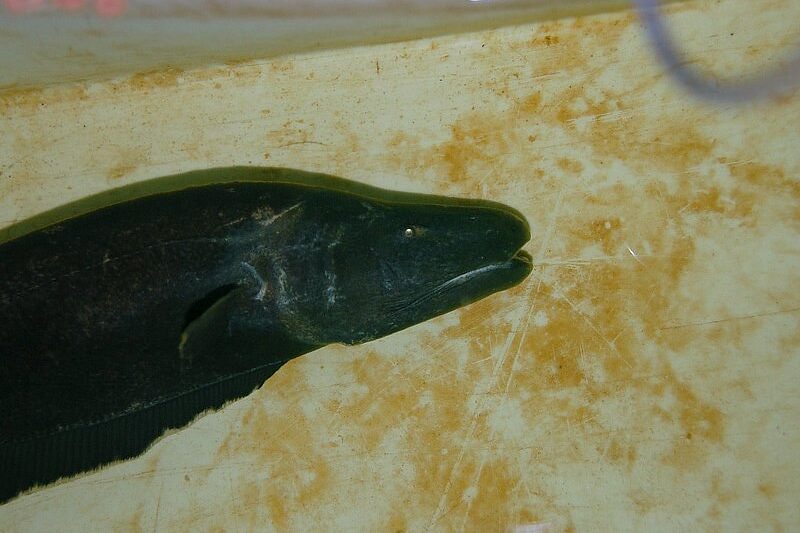
Parapteronotus fish live in South American rivers and are known for their continuous electric discharges. These help them communicate, navigate, and coordinate within their habitat. Their electric field is extremely refined, enabling them to detect subtle changes in the environment. In many ways, their world is one of sensations rather than sights. They glide through tangled roots and dense vegetation without ever needing to see what’s in front of them.
40. Polycentrus Schomburgkii (Guyana Leaffish)

While not a strong electric fish, the Guyana leaffish can pick up on the weak electrical signals given off by other animals. It doesn’t produce a field itself but is highly sensitive to changes around it. This skill helps it hunt with incredible accuracy, especially in murky waters where movement is hard to detect. With its leaf-like camouflage and its detection abilities, it’s a perfect blend of patience, disguise, and natural tech.
41. Electrophorus Varii
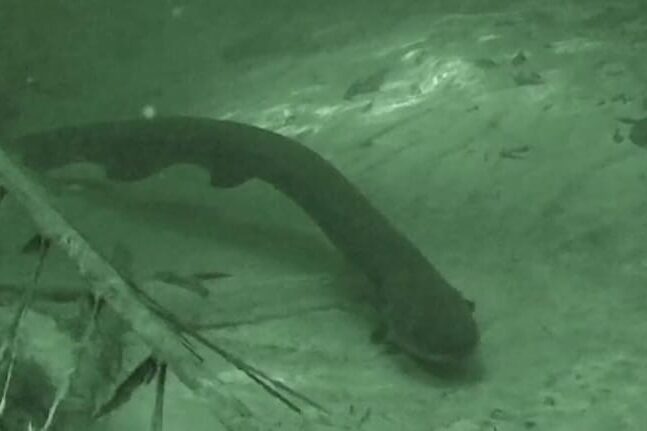
This recently classified electric eel species was discovered in the Amazon and can deliver powerful shocks. It’s one of the strongest bioelectric animals known, capable of producing up to 860 volts. This isn’t just for show — it uses these charges to disable prey and defend itself from predators. The discovery of Electrophorus varii was a reminder that even today, nature still holds hidden powerhouses waiting to be found.
42. Electrophorus Voltai

Named for its jolt, Electrophorus voltai is another electric eel species that generates strong discharges. It lives in higher-elevation Amazon waters and uses electricity both to navigate and defend. This eel was only identified in 2019, proving that powerful electric animals are still being discovered. Its high-voltage shocks are used to immobilize fast-moving prey like small fish. It’s one of the strongest bioelectric predators in freshwater.
43. Electrophorus Electricus
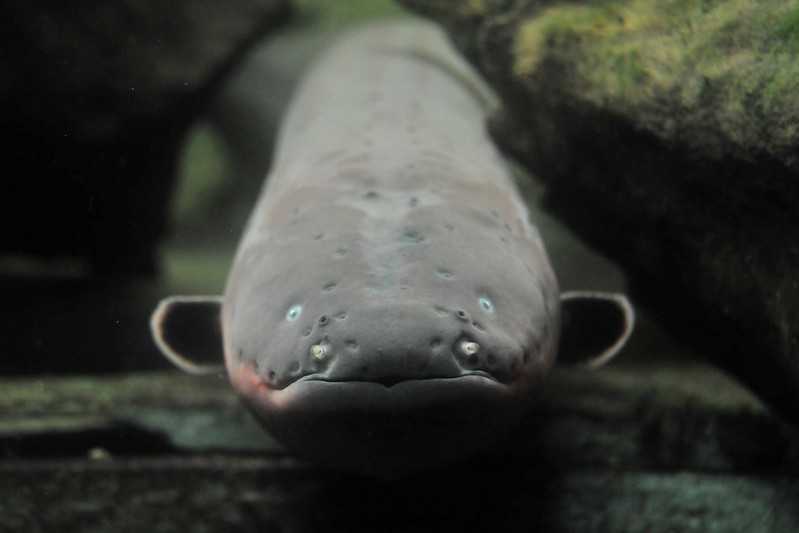
The classic electric eel, Electrophorus electricus, was the first of its kind to be scientifically studied. For centuries, it’s been the poster fish for electrical energy in nature. Found in the Amazon basin, it emits both low and high voltage depending on the situation. It uses small pulses to communicate and sense movement, then ramps up the volts when it needs to strike. It’s the ultimate example of electric evolution at work.
44. Apteronotidae Family

Also known as ghost knifefish, members of the Apteronotidae family are known for their constant wave-like electrical discharges. They use these signals to detect movement, avoid objects, and find food. What makes them unique is their ability to adapt the frequency of their signals, which helps prevent interference from nearby electric fish. In a world full of static and chaos, they’ve mastered clarity and control.
45. Marine Torpediniformes

This group includes various electric rays that live in oceans across the globe. They are equipped with kidney-shaped electric organs and can release powerful shocks. These marine animals use electricity to ambush prey and protect themselves from larger predators. Though often overlooked compared to their freshwater cousins, marine Torpediniformes have been studied for centuries, including by ancient civilizations. Their shocks are just as stunning today as they were in ancient times.
Who knew nature had its own power grid? If this story sparked your curiosity, hit share and send it to someone who loves learning new things. Be sure to follow for more deep dives into the wild, weird, and wonderfully electric side of life.


